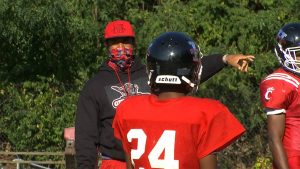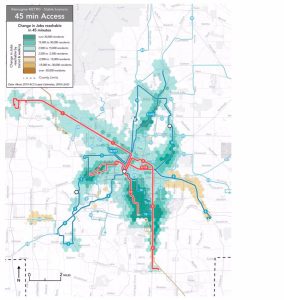CLEVELAND — There can be tools more useful than handcuffs for police sometimes.
“It’s like a fidget toy,” officer Justin Meade said.
These are used to ease a potential sensory overload by someone with autism. Meade knows this firsthand since his son has autism.
“My son, a lot of time he will just hold a string like this in front of him,” he said. “Well, with something like this is this can be an aid. EMS, fire if they’re trying to evaluate for injuries, especially if the individual is upset. It can be good, particularly for law enforcement because we know what their hands are doing.”
Meade trains police departments all over Ohio on how to interact with someone on the autism spectrum. The fidget items are basic tools they can use to build rapport.
He showed several examples he uses during his training, including a call captured on body camera in 2018. The video shows a South Euclid police officer who helped to calm a boy.
“He has autism,” the mother said to the officer in the video.
Meade explained the officer remained patient and never escalated the situation.
“The officer’s staying calm. You’re noting it’s making everybody else stay calm,” Meade said as he watched the video.
The officer was even hurt during the interaction, but he let the situation calm down before getting the boy over to the bus stop so he could go home. Meade said officers can’t rush a call like this.
“If the officer would have went and said, ‘OK, he’s autistic, that’s good, you don’t need any help’ and left, behavior would have continued to escalate,” Meade said. “He was upset. He needed that extra reassurance, with the officer being calm and being willing to help him.”
He demonstrated a scenario where a call came in for someone with autism who is acting suspiciously. In this scenario, the officer was told the person has autism.
“Hi, how we doin’?” Meade said in the scenario.
He demonstrated how he kept his distance, and that’s by design.
He explained that people with autism don’t like to be crowded, and “they like to have their safety bubbles.”
Meade said the person’s hands were in their pockets, but instead of a command, he gave her something to hold.
“You can have it,” he said.
The idea was to give the person something to fidget with to make their hands visible.
“A lot of times, if I go up and say, ‘ma’am show me hour hands, take your hands out of your pockets’, if anything, that may not register to them,” Meade said.
Meade said the best tool for an officer on these runs is knowing ahead of time if the person has special needs.




